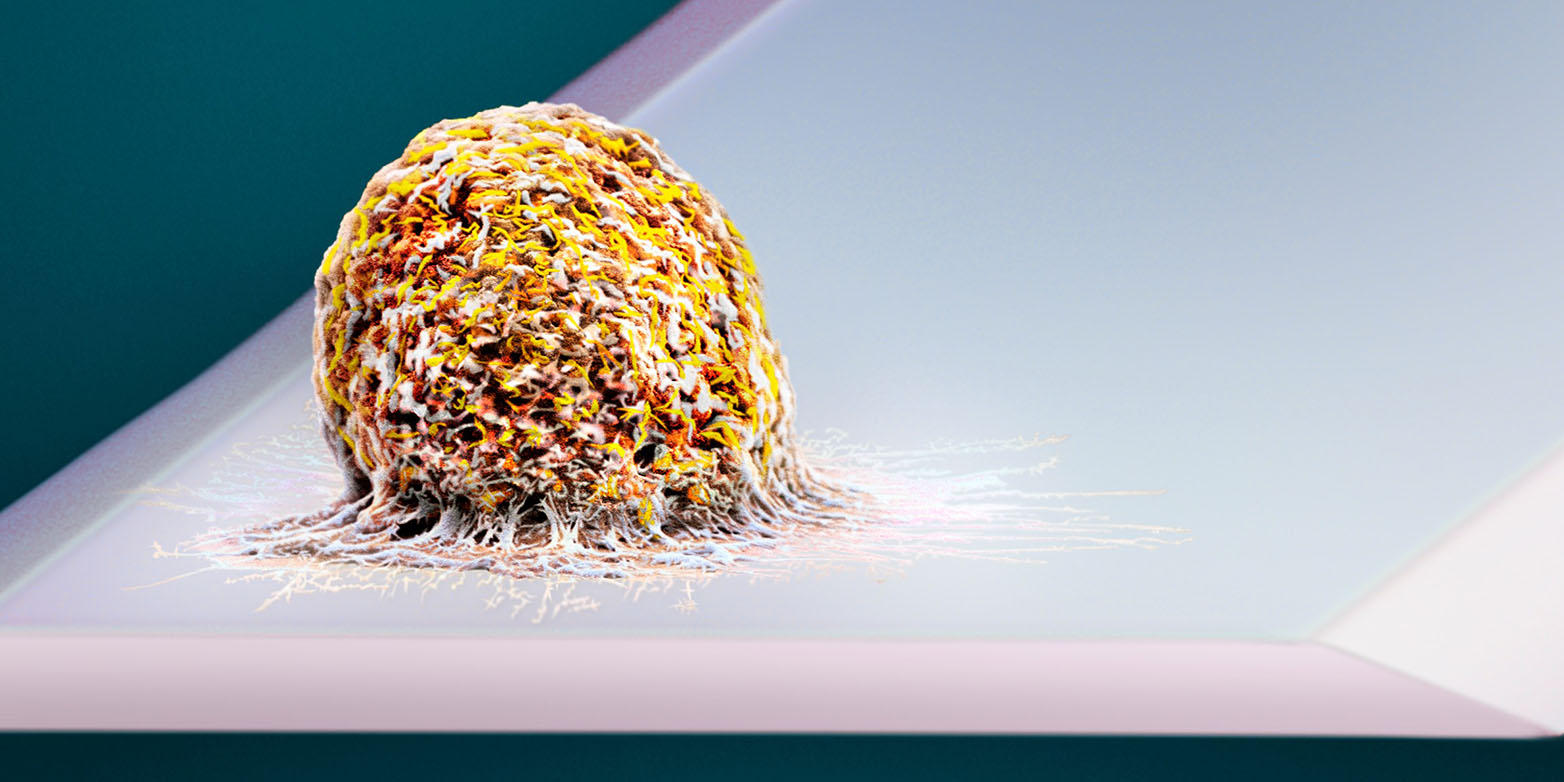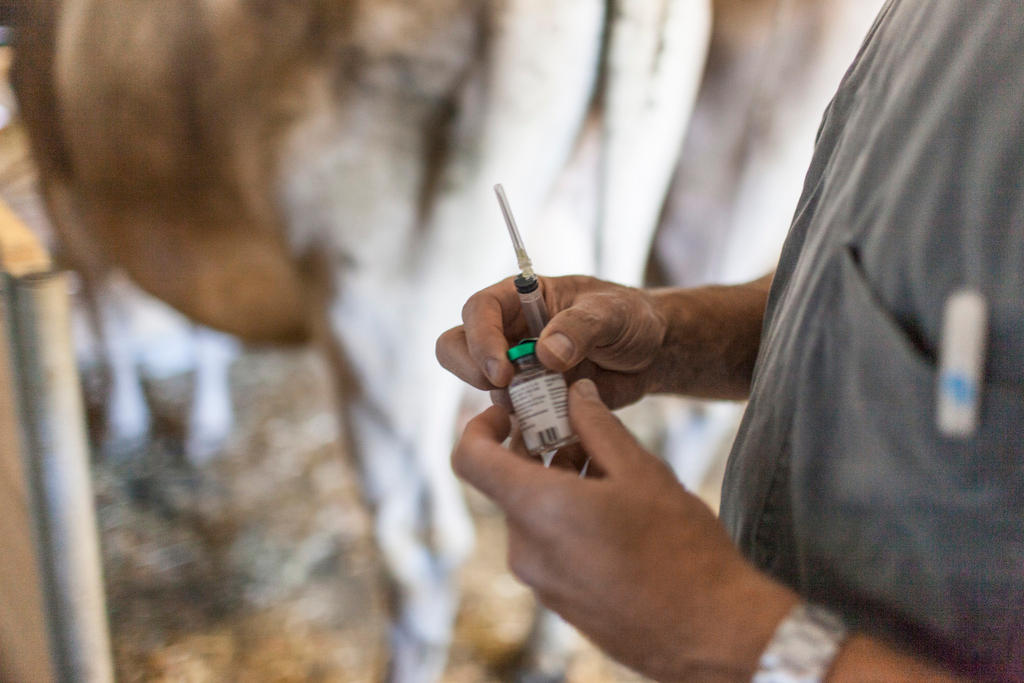Scientists build scale to weigh living cells

Researchers have created a scale that can measure the mass of living cells in precise detail and monitor how it changes in real time.
Scientists from the University of Basel, the University College London and the federal technology institute ETH Zurich have developed a highly sensitive scale that can calculate the weight of a single living cell within a very short space of time and monitor how the weight changes over time. They can do so with a resolution of milliseconds and trillionths of a gram. Their work was published in the latest edition of the journal Nature.External link
In their experiments, cells, which usually weigh about two to three nanograms (one-billionth of a gram), were weighed under controlled conditions in a cell culture chamber.
An ultra-thin, transparent silicon cantilever, coated with collagen or fibronectin, was used to pick up a cell from the chamber floor. The cell hangs on the underside of a tiny cantilever for the measurements. By causing the cantilever to oscillate slightly using a pulsing blue laser, the cell’s mass could be calculated using infrared laser measurements of the oscillations.
The weight and cell activity were monitored simultaneously on a computer screen and using a high-performance fluorescence microscope.
The researchers carried out experiments to monitor how the weight changes during the cell cycle and cell division, how various substances affected the cell’s mass, and what happens when a cell is infected by a virus.
“We established that the weight of living cells fluctuates continuously by about one to four percent as they regulate their total weight,” says David Martínez-Martín, the main inventor of the cell scale.
There is great interest in the new measuring method, especially from the medical and pharmaceutical sectors, as it could be used to investigate the pathological growth of cells and the influence of drugs on this growth. Materials scientists are also interested in the device.

In compliance with the JTI standards
More: SWI swissinfo.ch certified by the Journalism Trust Initiative


You can find an overview of ongoing debates with our journalists here. Please join us!
If you want to start a conversation about a topic raised in this article or want to report factual errors, email us at english@swissinfo.ch.